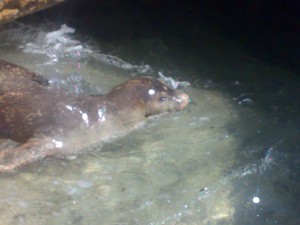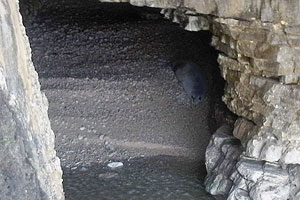— by Erwin Werdenigg, Amorgos Island Magazine
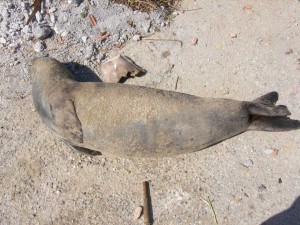
Amorgos – June 15th, 2011: The young friendly male monk seal appearing in the port of Aegiali at the middle of April quickly won the hearts of the people and became a “mascot” of tourists and also the magazine. On last Friday (June 10th) Dimitris Synodinos (Amorgos Diving Center) alerted that the animal was found dead on the beach.
People from MOm (the Greek monk seal protection group) could not travel to Amorgos themselves due to increased ferry occupancy. The animal was send to Athens on Saturday for autopsy. The examination at MOm showed that:
It was a young male seal, 6-7 months old, in good nutritional status. The animal had injuries in the back sustained by a sharp object, which crossed the side to reach the thoracic cavity, thus injuring the lung. Histological analysis will give us information on whether the animal eventually died from suffocation or internal bleeding. In any case, death resulted from the trauma deliberately inflicted upon the animal, from close distance.
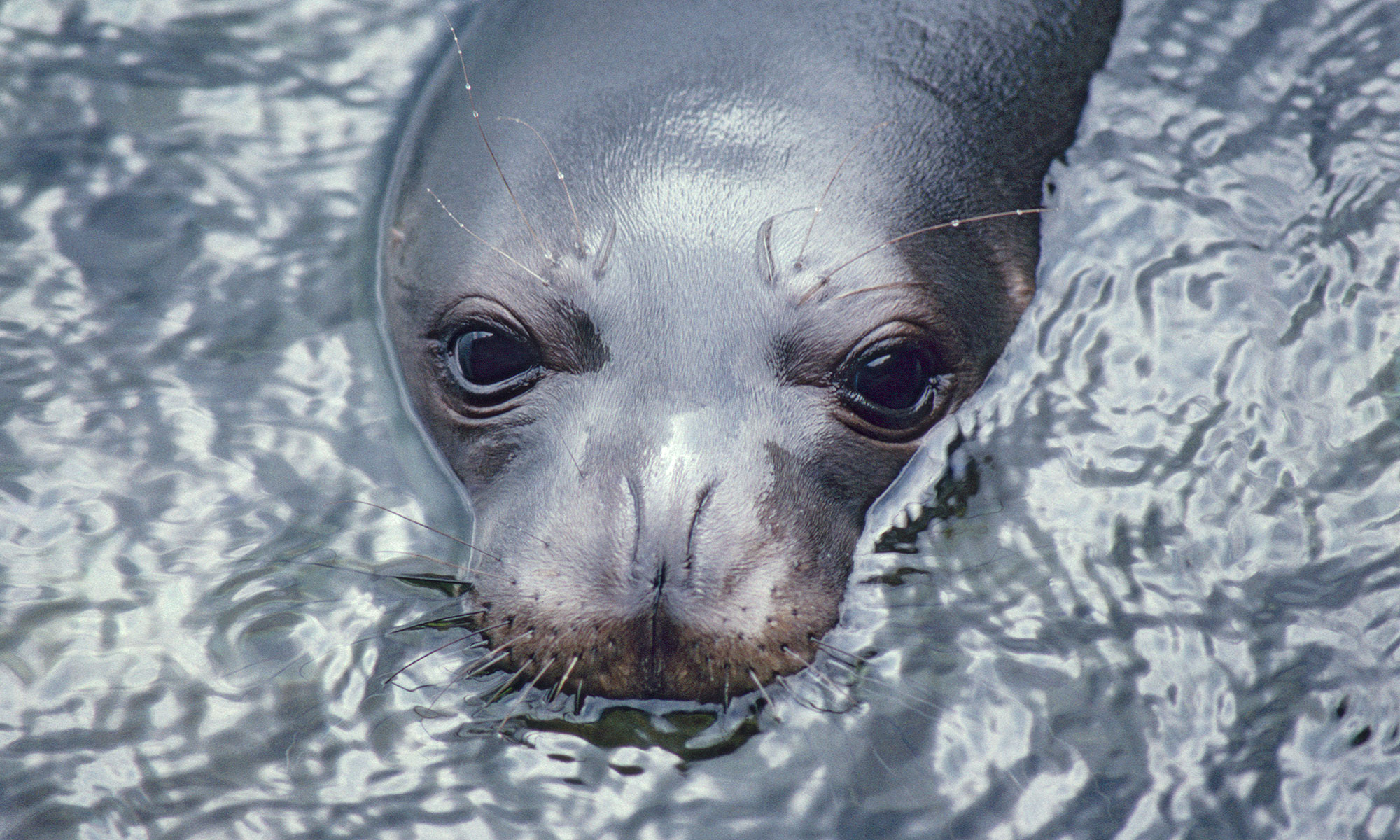
 Seeking a more effective model in reporting the challenges affecting conservation of the Mediterranean and Hawaiian monk seals, we have decided to cease publication of The Monachus Guardian as a biannual journal. Perhaps inevitably in this age of cutbacks, lack of funding for the Guardian also proved a contributing factor.
Seeking a more effective model in reporting the challenges affecting conservation of the Mediterranean and Hawaiian monk seals, we have decided to cease publication of The Monachus Guardian as a biannual journal. Perhaps inevitably in this age of cutbacks, lack of funding for the Guardian also proved a contributing factor.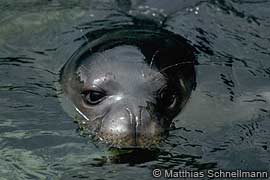 Hundreds of species are facing extinction across Europe in a ‘crisis of biodiversity’.
Hundreds of species are facing extinction across Europe in a ‘crisis of biodiversity’.